Ind AS 2: Valuation and recognition of sub-grade iron ore fines in the books of accounts as an inventory
- Blog|News|Account & Audit|
- < 1 minute
- By Taxmann
- |
- Last Updated on 15 November, 2021
Ind AS 2 Inventories, states that when joint product and by product are also produced during the production of the main product on a consistent basis, and the by-products which are immaterial are measured at net realizable value and the same is deducted from the cost of the main product. However, if it is in the nature of material by-product, its cost is allocated between the products on a rational and consistent basis. Further, as per Ind AS 8 Accounting Policies, Changes in Accounting Estimates and Error, the changes made in accounting estimates should be recognized prospectively in the statement of profit or loss.
In one of such example, X Ltd. engaged in the production of basic and special steels for domestic construction, as well as for sale in export markets. It owns iron ore, flux and coal mines. The sub-grade iron ore produced in captive mines is not used for production. Moreover, the Central Government restricts the company to sell these sub-grade iron ore in the open market. So, the company discloses this in notes to account but not valued it as inventory. A few months later, the government permitted the company to sell these sub-grade iron ore in the open market. Whether the present policy of the company discloses these sub-grade ore in notes to account but not valued it as inventory is correct?
Click Here To Read The Full Story
Disclaimer: The content/information published on the website is only for general information of the user and shall not be construed as legal advice. While the Taxmann has exercised reasonable efforts to ensure the veracity of information/content published, Taxmann shall be under no liability in any manner whatsoever for incorrect information, if any.
Taxmann Publications has a dedicated in-house Research & Editorial Team. This team consists of a team of Chartered Accountants, Company Secretaries, and Lawyers. This team works under the guidance and supervision of editor-in-chief Mr Rakesh Bhargava.
The Research and Editorial Team is responsible for developing reliable and accurate content for the readers. The team follows the six-sigma approach to achieve the benchmark of zero error in its publications and research platforms. The team ensures that the following publication guidelines are thoroughly followed while developing the content:
- The statutory material is obtained only from the authorized and reliable sources
- All the latest developments in the judicial and legislative fields are covered
- Prepare the analytical write-ups on current, controversial, and important issues to help the readers to understand the concept and its implications
- Every content published by Taxmann is complete, accurate and lucid
- All evidence-based statements are supported with proper reference to Section, Circular No., Notification No. or citations
- The golden rules of grammar, style and consistency are thoroughly followed
- Font and size that’s easy to read and remain consistent across all imprint and digital publications are applied

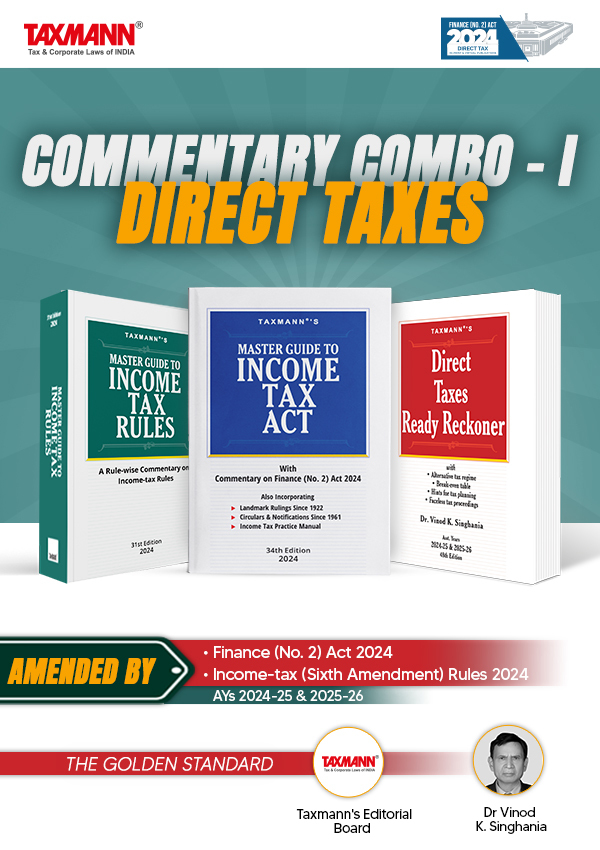
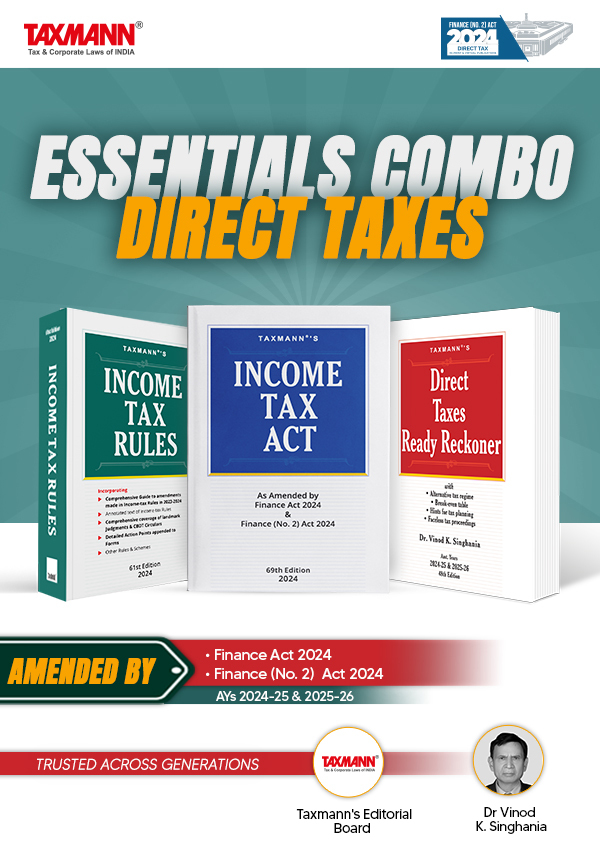
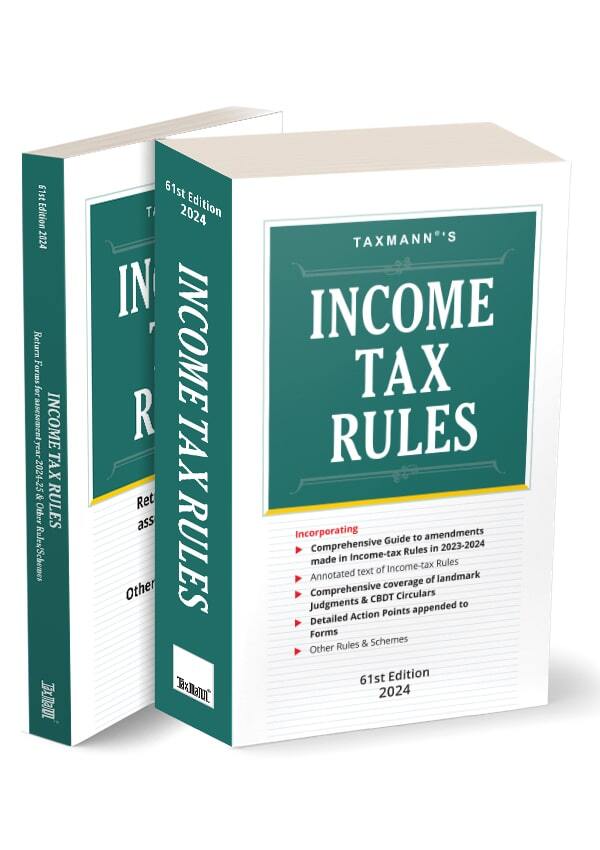


 CA | CS | CMA
CA | CS | CMA


